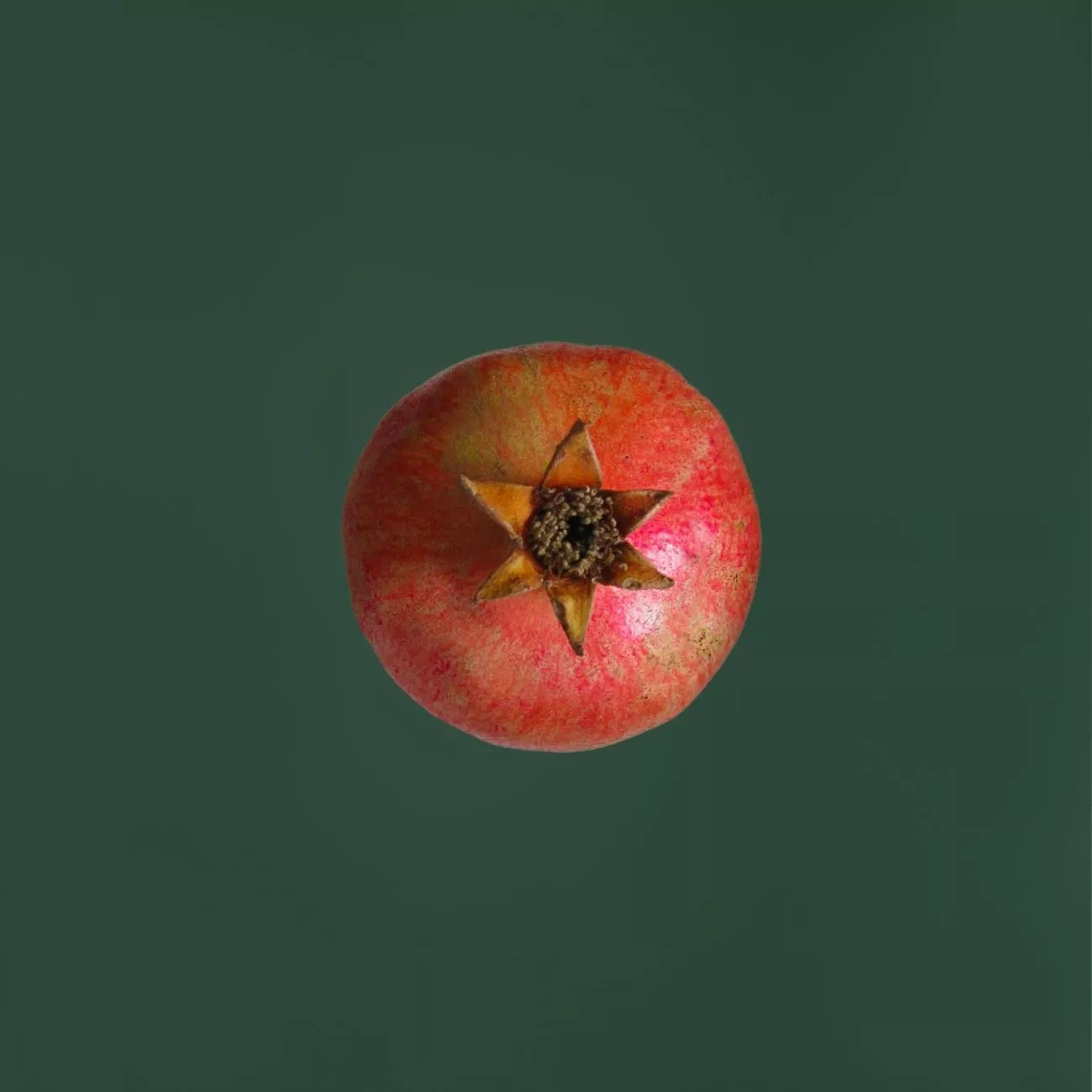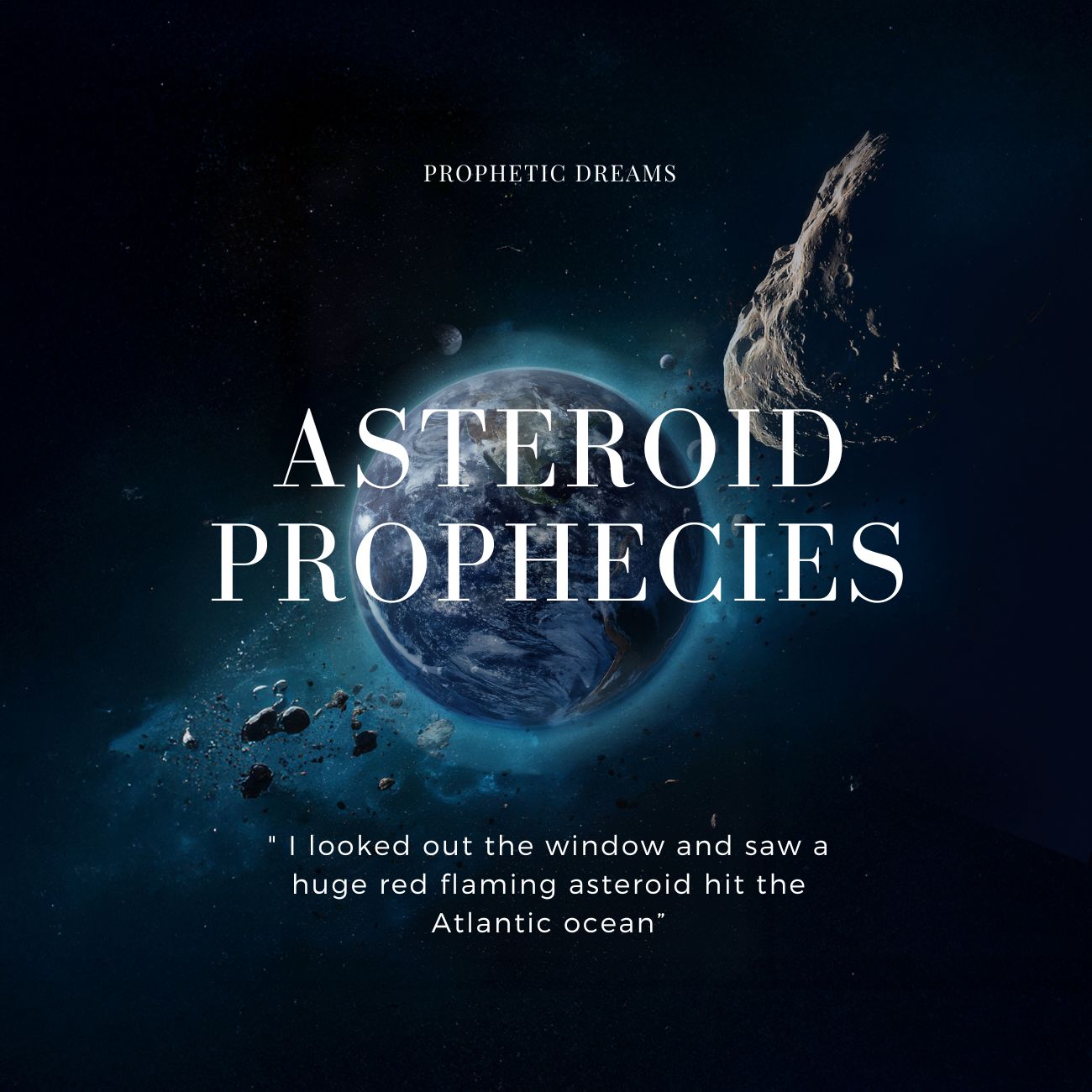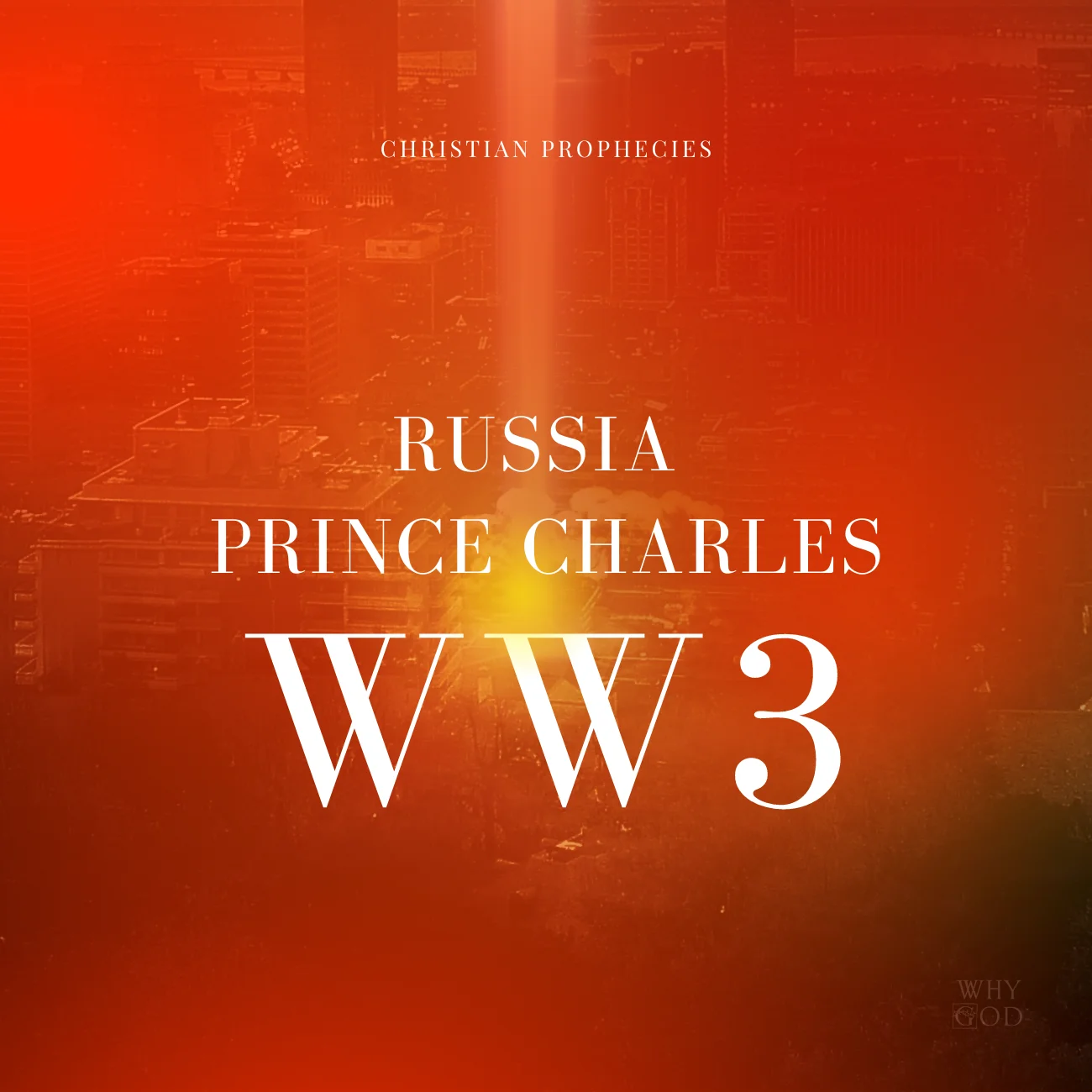“UNDERSTANDING POMEGRANATE TEMPLE SYMBOLISM!” “HOW THE POMEGRANATE WAS USED IN PROPHECY!”
~ One of the most striking and beautiful artifacts ever uncovered is the probable top of the scepter carried by the High Priest, which dates to the 13th or 14th century BCE – to the time of the Exodus. Although once called a forgery, it has now been verified as authentic. It carries the inscription “Holy to the Priest of the House of יהוה” in Paleo Hebrew.
It is representative of a pomegranate in an early stage of growth. Notice also it has 6 points, resembling the Magen David (Shield of Dawid), coincidence?
~ We see this pomegranate scepter alluded to in Numbers 24:17:
“I see him, but not now; I behold him, but not near: a star shall come out of Jacob, and a scepter shall rise out of Israel; it shall crush the forehead of Moab and break down all the sons of Sheth.” – (Numbers 24:17)
~ The Messiah, our High Priest in the Heavens, is that Star who now bears the Pomegranate Scepter in the Heavenly Temple!
~ The word ‘Pomegranate’, “Rimon” in Hebrew which means “To Rise Up”, is derived from the Latin words “pomum” (apple) and “granatus” (seeded).

~ Pomegranates definitely fall into three categories – from the pomegranate imagery in the Song of Solomon, to the remembrance of the adornment of the Temple and High Priestly garments with pomegranates and with the traditional eating of the pomegranate during the Yearly Festivals!
~ Generally, if one wants to know what a certain Hebrew symbol means, then it is imperative to observe the people who used it and wrote the scriptures!
Often, the reasons are straightforward, simple, and self-evident. If the golden altar [the layer] on which was only of the thickness of a denar lasted for many years and the fire had no power over it, how much more would that be the case with the transgressors in Israel who are as full of good deeds as a pomegranate [with seed], as it is said in Scripture:
Thy temples are like a pomegranate, and R. Simeon b. Lakish remarked, `Read not, `Thy temples` but `Thy empty ones` [signifying] that even the worthless among you are as full of good deeds as a pomegranate [with seed]`. (Eruvin 2.1-3)
~ This commentary on the Song of Solomon above might seem a bit confusing because of the way it is written, but the sum of it, is that as the altar of incense, which was called the golden altar even though it was only gold plated, was regarded as if it was composed of solid gold. In the same way, even though all of Israel is not doing righteousness, the Nation is like that altar, gilded and holy because Yah has set His people apart through Covenant. Israel, even counting the transgressors, is still filled with the “good deeds” of the Torah, like the pomegranate which is filled with seeds able to bring forth life and goodness!
~ Why does the Song of Solomon speak of Pomegranates?
Because the Song of Solomon is filled with Temple imagery – and Temple imagery is filled to include Gan Eden (Garden of Eden) symbolism! Gan Eden was where man lived in harmony with Yah, and so the Temple was made to include Yah’s Garden symbolism! We know from II Chronicles 28:19 that David received all of the instructions and revelation of how to build and adorn the Temple from Yah, by the Ruach and in writing:
“All this he made clear to me in writing from the hand of Yahuah, all the work to be done according to the plan!” – (II Chronicles 28:19)
~ I Kings 7:13-22, II Kings 25, II Chronicles 3 and 4 contains descriptions of the use of pomegranates in the adornment of the Temple (as does Jeremiah 52:22-23), where the fruit is depicted on the capitals of the two pillars which stood in front of the temple King Solomon built in Jerusalem. King Solomon is said to have designed his crown based on the “crown” of the pomegranate!
Solomon did all of the work according to the plan, the tavnit (form), given to him by his father David.
~ In Exodus 28, we see reference to the Pomegranates embroidered into the hem of the High Priest:
“You shall make the robe of the ephod all of blue. It shall have an opening for the head in the middle of it, with a woven binding around the opening, like the opening in a garment, so that it may not tear. On its hem you shall make pomegranates of blue and purple and scarlet yarns, around its hem, with bells of gold between them, a golden bell and a pomegranate, a golden bell and a pomegranate, around the hem of the robe. And it shall be on Aaron when he ministers, and its sound shall be heard when he goes into the Holy Place before Yahuah, and when he comes out, so that he does not die. – (Exodus 28:3-35)
~ The significance of the Jewish Pomegranate is further exemplified by its appearance on ancient coins of Judea, one of only a few images that appear as a holy symbol. Even the Menorah itself had Pomegranates formed on it!
~ So why then Pomegranates?
Well, Pomegranates are one of the seven species listed in Deuteronomy 8:8, one of the seven agricultural blessings of the Promised Land. Each one of these species has a special place in biblical symbolism, for example, the bowing over of wheat at the harvest represents humility, and I hardly need to mention the constant references to grapes and wine in Scripture!
~ But, Pomegranates are a unique fruit, as anyone who has eaten one knows. It is chock full of seeds – and in ancient writings is symbolic of good deeds or in New Testament language, good fruit. When Paul was speaking of the fruit of the Spirit in Galatians 5:22-23, there is little doubt that he speaking in reference to the Pomegranate:
“But the fruit of the Spirit is love, joy, peace, patience, kindness, goodness, faithfulness, gentleness, self-control; against such things there is no law.” – (Galatians 5:22-23)
~ The blessings, or lack thereof in prophetic scripture are also tied to the fruitfulness, or fertility of Pomegranates! As with fruit in general as well as grapes, the Pomegranate stood as a symbolic reminder of the need for faithfulness to Yahuah and His standards, and the dangerous results of infidelity:
JOEL 1:11-12 – Be distressed, farmers; wail, vinedressers, over the wheat and the barley. For the harvest of the field has perished. The vine dries up; the fig tree languishes. Pomegranate, palm, and apple, all the trees of the field are dried up, and gladness dries up from the children of man!
~ Joel goes on from there to encourage his people to repent and to assemble themselves in the temple and “cry out to Yahuah” (vv. 13-14, 16-20), lest an even worse judgment overtake them (vv. 15; 2:1-11).
HAGGAI 2:14-19 – Then Haggai responded, “the people of this nation are unclean in my sight,’ decrees Yahuah. ‘And so is all their effort; everything they offer is also unclean.
15) Now therefore reflect carefully on the recent past, before one stone was laid on another in Yahuah’s temple.
16) From that time when one came expecting a heap of twenty measures, there were only ten; when one came to the wine vat to draw out fifty measures from it, there were only twenty.
17) I struck all the products of your labor with blight, disease, and hail, and yet you brought nothing to me,’ says Yahuah.
18) ‘Think carefully about the past: from today, the twenty-fourth day of the ninth month, to the day work on the temple of Yahuah was resumed, think about it.
19) Is the seed yet in the barn? Indeed, the vine, the fig tree, the Pomegranate, and the olive tree have yielded nothing. But from this day on I will bless you!”
~ Interestingly, Haggai was specifically speaking a blessing to the people because on that day they had finally laid the foundation for the new Temple as Yahuah commanded in Haggai 1:7-11.
________________________________________
“THE DEEPER PROPHETIC SYMBOLISM OF THE POMAGRANATE”
~ Now, at the bottom of the Pomegranate there are petals! In Edom, for instance, Pomegranates were found in archeological finds that had four petals on them. In Canaan, they were found with five or seven petals. But, in Israel they had Six petals.
What did the Pomegranate symbolize?
~ It was the symbol of protection (Magen=shield in Hebrew) and the Kingship (star) of Yahuah. Let’s look at this a bit closer? In Num 16.37-41 Yahuah told the children of Israel to make tassels on the corners of their garments called “tzitzit” and they were there to remind the people about all of the commandments!
~ The Messiah wore these fringes and many were healed by touching the “Hem” of his garment (Mk 6.56) where the tzitzit were. This fulfilled a prophecy in Mal 4.2 that said the “sun of righteousness (Messiah) will come with healing in His wings.” The word for “Wings” in Hebrew is “Kanaf” meaning corners, where the tzitzit were fastened!
~ Yet, the tzitzit itself represents the commandments of Yahuah! There are 613 commandments and the “Alef-Tav” is the first and last letter of the Hebrew alphabet. And, the “Alef-Tav” is also a title for the Messiah (Rev 1.8) and means “Head of the Covenant!”
~ So, these two letters “Alef-Tav” are the “beginning and the end” and encompass every letter that make up the words found in the Scriptures! Psalm 119 has 22 segregated sections and every section begins with the next letter of the Hebrew alphabet! Plus, every verse of that psalm talks about the commandments! So, you can see the connection between the tzitzit, the Hebrew alphabet and the 613 commandments!
~ Jewish tradition says that a Pomegranate has 613 seeds which stand for the precepts of Yahuah! Now, the Pomegranate is a symbol for the Messiah and His protection by His word. Psalm 84-9 says “Behold our Shield, O’ Aluah, and look upon the face of your ‘anointed’ (‘Messiah’ in Hebrew).” The context speaks of David, and David was a type of Messiah, so this has an application to Yahusha!
~ Proverbs 30:5-6 says “For every word of Aluah (John 1.1) is tested; He (notice the word “He”) is a shield to those who take refuge in Him.” So, the “Magen” is a shield and also a “He” which is seen as the Messiah! When you take a Pomegranate with six petals and open them up, they form the Star/Shield of David. The star has also been found in a synagogue in Capernaum.
~ The second aspect to the Pomegranate is that it symbolizes “Kingship.” The Kingdom of Yahuah is Aluah’s rule in your life! Gen 49:10 says “The (pomegranate) scepter shall not depart from Judah nor the ruler’s (Pomegranate) staff from between His feet till Shiloh (Messiah) comes!”
~ The “Star” is linked to the Pomegranate and the Pomegranate is linked to Kingship!
~ Rev 22:16 says that Messiah is “the root and the offspring of David, the bright morning Star.” The Chachamim (wisemen) in Matt 2:1-12 followed the Star because they believed it was a sign signifying a King had been born and a Star was linked to prophecy (Num 24:17):
~ As an example of this, a man came about 135 years after Messiah died and many believed he was the Messiah and called him “Bar Kochba” or “Son of the Star!” However, Bar Kochba led many astray and Rome crushed Israel in the third and final revolt against Rome.
~ We know some will say that the Star/Shield of David is really a pagan symbol but there are many things in the Bible that you can find in paganism. Temples, arks, incense tables, sacrificial altars, priests, offerings, immersions and even crosses were used in paganism but that does not mean the pagan symbolism came first. It may have been the other way around!
~ It was Yahuah that commissioned the Pomegranate and it’s symbolism and it comes down to the heart when all is said and done. If Yahuah said it was alright, then go ahead and study it and try to find out what He was communicating!
~ The Pomegranate predated any of these things because He made them in the Garden of Eden and it’s symbolism goes back all the way that far. He wouldn’t have used a six pedaled Pomegranate in His worship, temple, and service if there was something evil in it! Remember, Yahuah made everything good and it is the enemy that perverts it into something ungodly!
~ So, in conclusion, the six-pedaled Pomegranate can form the Star/Shield of David, and is a symbol of Messiah! It’s red color is symbolic of the blood shed on our behalf and the ratification of the Covenant. The Pomegranate is full of seeds and symbolizes that the Messiah was “Full” of the precepts of Yahuah. So, when all of this is considered, the 6 pointed Pomegranate star is believed by some to be the origin of the Star/Shield of David.
~ Pomegranate symbolism at the Temple, unlike the Menorah, was visible to the non-priestly Israelites and was therefore associated with the glory of Yahuah’s Temple far more than the Menorah, which they were never able to look at.
~Nowadays, that imagery is stylistically represented in the Star of David, the Magen David, the symbol of Israel, by a people fervently hoping for the Messiah to return – it is also a symbol of faith that one day the Pomegranate would again be seen by all Israelites, once more adorning a Temple upon Mt. Moriah, the Throne of Messiah with His Pomegranate Scepter on the Temple Mount!
~ Hope you enjoyed this study!
~ Yah Bless!






